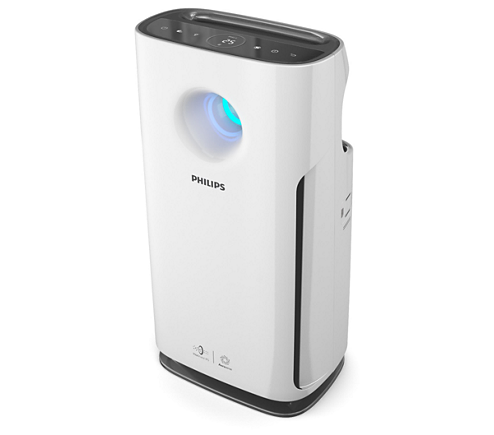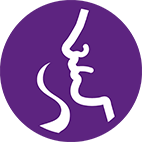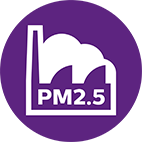

Philips Air Purifier (AC3256/20):
Superior performance with VitaShield & Aerasense IPS
Unfortunately this product is no longer available
Why should you buy an Air Purifier
| H1N1 Virus & other Bacteria | Airborne bacteria in indoor environment leads to cough, cold and more serious illnesses |
| TVOCs from electronic gadgets & sprays | Found in electronic gadgets,disinfectants, paints, sprays etc.Major cause of cancer & may damage the central nervous system. |
| Ultra fine particles | Also known as PM 2.5, these pollutants are so small they penetrate the lungs and lead to respiratory and cardiovascular problems |
| Fine particles | Very fine particles produced by fossil fuels and industrial processes. Often causes allergies, sore throat and long-term respiratory problems |
| Smoke from cooking & cigarettes | All types of cooking processes usually emit smoke which if not controlled leads to irritation,cough and other respiratory problems |
| Pen dander | The hair and dander pets shed is an irritant to eyes and can trigger asthma attacks. Pet saliva and urine are also known allergens. |
| Dust mites | Minute fecal particles and body fragments of dust mites are a common cause of asthma attacks and allergies – especially in children and the elderly |
| Mold spores | A common trigger for allergies and respiratory problems. Mycotoxin produced by molds can lead to headaches, concentration troubles, memory loss and dizziness |
| Odour | When unpleasant odors fill your home, you and your family are far less comfortable and may not breathe appropriately |
| Viruses | Indoor viruses, including influenza and SARS are airborne pathogens that easily spread between people and increases mortality rates |
| Pollen | Tree, grass and weed pollens are transported by wind into homes and causes allergic reactions like sneezing, runny eyes |
| Dust | The smallest particles (PM10) are a major cause of respiratory irritation and can damage health on a long-term basis. |
What to look for while buying an Air Purifier
Ionization/Filter Based/ Ozone generators/Photo Catalytic Oxidation 2) CADR Clean Air Delivery Rate (CADR) is a measure of Pure Air being delivered (meter cube per hour), by an Air Purifier operating at it’s highest speed setting. 3) Area covered Air Purifiers can be heavy and bulky, with some requiring a few feet of clearance on all sides. Be sure to measure your available space and allow for all space considerations before you buy. Consumer Reports recommend that you purchase a model with more square-footage capacity than you need, so that you can run the machine Effectively. on its (quieter) “low” setting resulting in less noise and less energy consumption. 4) Types of filters Filters are the heart of an Air Purifier and it is very important that your Air Purifier has the Best filters. Your Air Purifier should denitely come with a TRUE HEPA Filter. A TRUE HEPA removes 99.97% of particles that have a size of 0.02 microns. Filters that claim to be ‘HEPA-type’, ‘HEPA-like’, ‘HEPA-style’ or ‘99% HEPA’ do not have the same efficiency as TRUE HEPA. 5) Indoor Air Quality indicator A light indicator changes color in response to the indoor air quality, so that you can adjust the fan speed accordingly. A higher-end Air Purifiers is usually equipped with an Auto Mode function, which would adjust the speed setting in response to the indoor air quality automatically. Some newer models are also available in the market with numerical PM 2.5 display. These help you measure and see exactly how bad the air is.
1) Technology
Our Air Purifiers technology removes


Philips Air Purifier (AC2887/20):
Superior performance with VitaShield & Aerasense IPS
Unfortunately this product is no longer available


Philips Air Purifier (AC2882/50):
Superior performance with VitaShield
Unfortunately this product is no longer available


Philips Air Purifier (AC1215/20):
Superior performance with VitaShield
Unfortunately this product is no longer available













